The six biggest changes in Dota 2's 6.85 patch
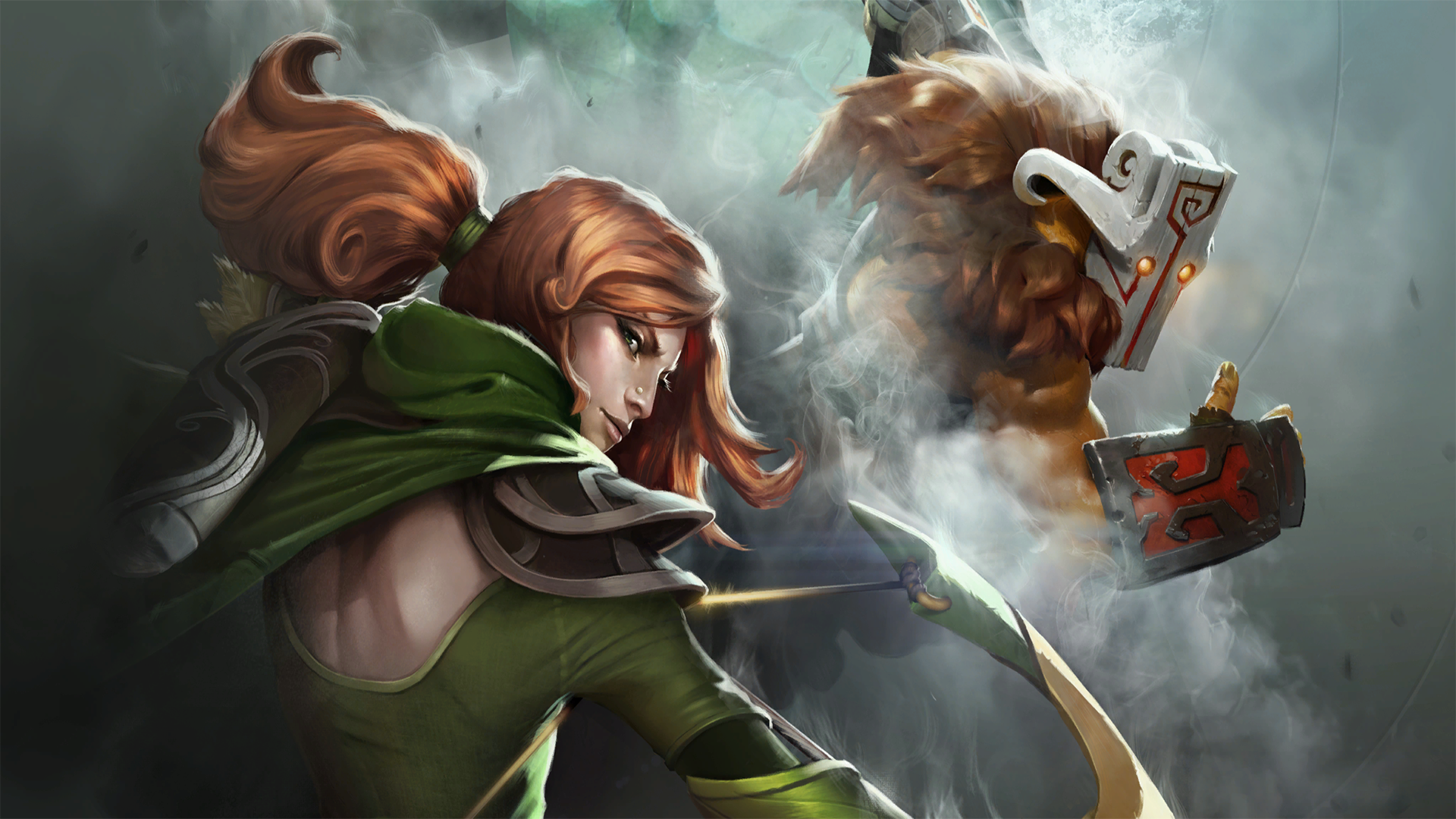
Last week saw the arrival of Dota 2’s much anticipated 6.85 patch. You can read the full set of accompanying notes here, but unlike other patches released after The International, 6.85 doesn’t rework Dota 2 at a fundamental level. Instead, it has numerous tweaks that focus on the micro aspects of Dota. This is likely due to the proximity of The Frankfurt Major, with open qualifiers starting on October 6th.
Despite the lack of sweeping changes, like the bounty rework made in 6.82, these smaller patches can still have substantial effects on the metagame. Take, for example, patch 6.83, which made Sniper’s haunting laugh a common occurrence when he was picked in every single game. With that in mind, here are six of the biggest changes in 6.85.
1. The top tiers aren’t as top anymore
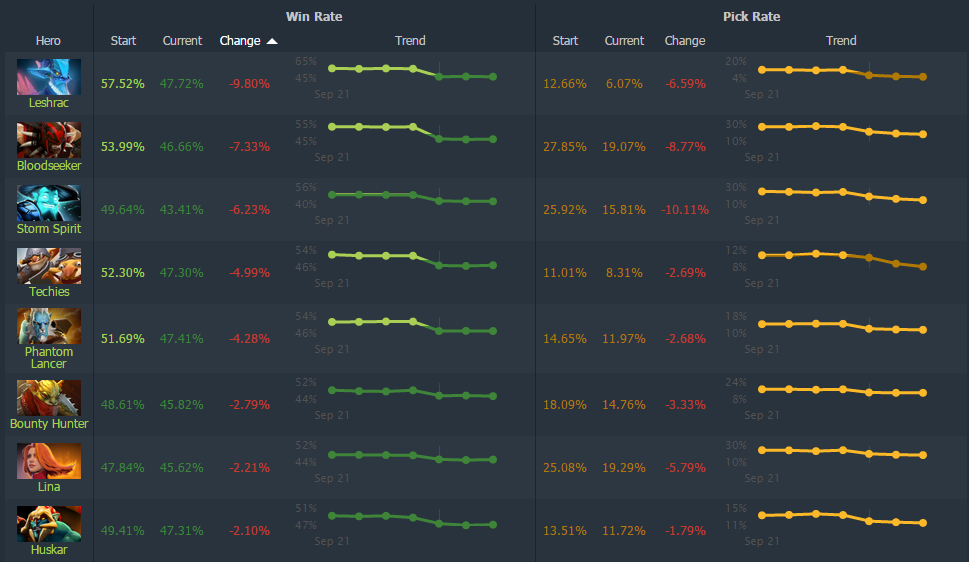
Just about every hero used heavily at the top of professional play has received some sort of nerf. The immediate effect has been the plummeting of win rates, as DotaBuff gloriously shows. What’s important is that none of these changes have ruined the design of any character. Leshrac can still do ridiculous damage, but Lightning Storm doesn’t give him a free win in middle lane. Storm Spirit continues to excel at both zipping and zapping, but he lost some laning prowess and requires even more careful mana management. These heroes are not in some sort of unplayable fail state, but they no longer overwhelm other heroes in very obvious ways. These slight nerfs may have huge implications in upcoming tournaments, and have already had very visible effects in non-pro play.
2. Techies were nerfed
In what may be the best news of the decade, the reign of Squee, Spleen, and Spoon has been curbed. Techies are unable to enter lane as a short-range burst caster, a major issue in professional play. Gone are the days of laying down a single mine to wave clear, and farewell to the 1200 damage burst combo that was supported by heroes like Tusk. Additionally, melee heroes can clear all mine varieties with a quelling blade, giving every hero in the game a way to destroy troublesome mines. However, Techies weren’t nerfed in a way that stops their forest traps, and hapless players will still find themselves blown to smithereens. Remote Mines weren’t adjusted, and the Land Mine nerfs are irrelevant in successful multi-mine traps. As a matter of fact, Techies are even better at placing Land Mines because...
3. Techies’ art possibilities have been dramatically buffed
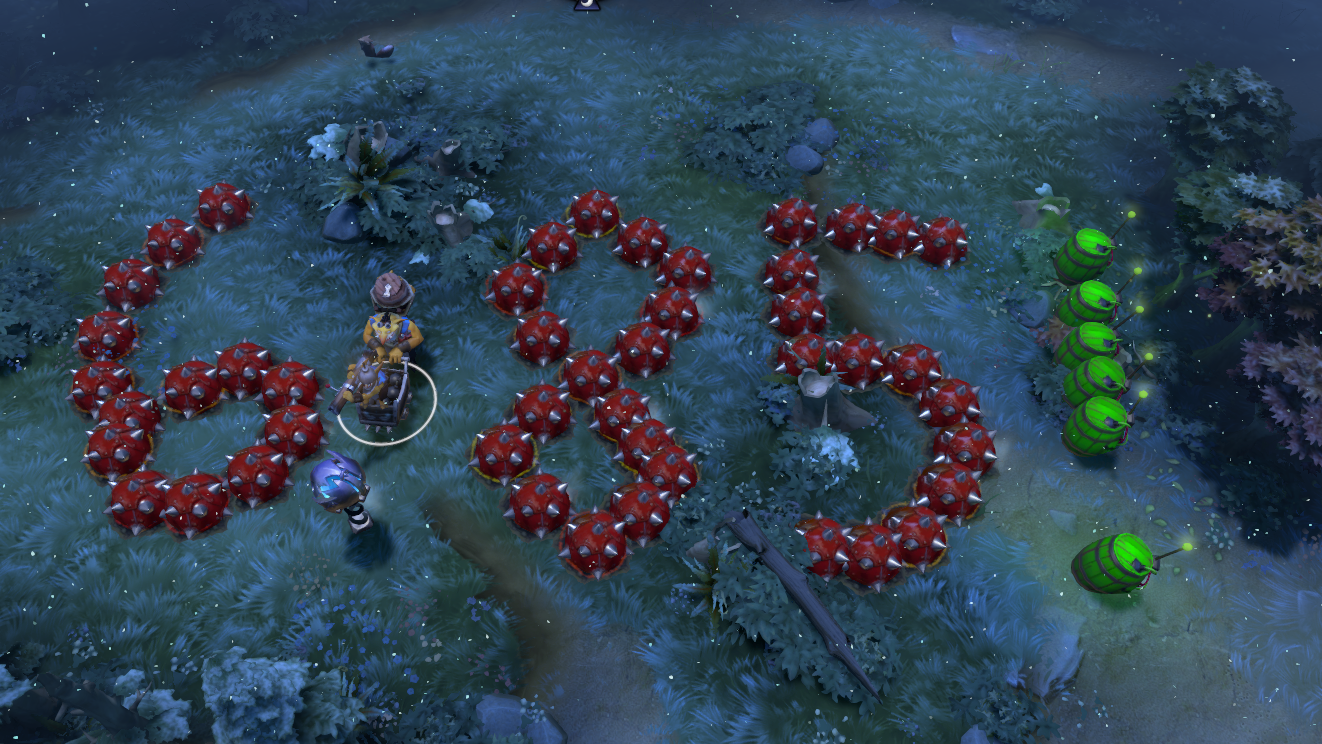
One of the major changes to Techies was the removal of a Land Mine cap, which was previously 20. In terms of gameplay it means that Techies players can draw out games to an even greater extent with higher usage of Land Mines during slow parts of a game. So a theoretical Techies game can be even more arduous than before. In terms of art, it means that that there’s a new placeable object to help round the color palette normally used in-game. Dota 2 pseudo-pixel art has reached the next level.
4. Terrorblade might actually be scary again
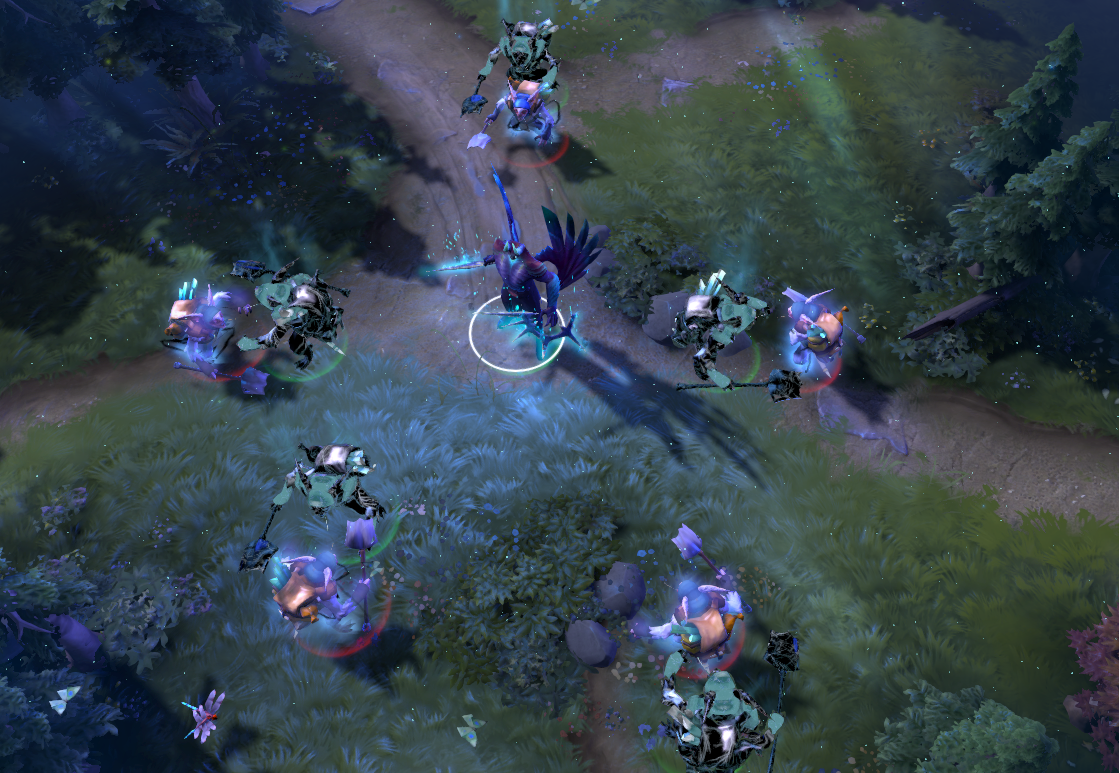
Terrorblade received tweaks across his skillset, and his in-game presence has changed dramatically. Reflection, a spell that produces replicas of enemies, gained a large area of effect at the cost of a weaker slow and slightly longer cooldown. Prior to this patch, Reflection was kept at rank one and was only used as a short-range slow in skirmishes.Now, for the first time in years, Terrorblade has a spell with noticeable teamfight utility – and it scales into late game. Additionally, Terrorblade received numerous quality of life buffs to make him more comfortable to play. He’s a bit less clunky and his illusions don’t get left behind when he transforms. The major disappointment this patch is that his lore hasn’t been updated, and he’s still a weird demon that went to Double Hell.
5. Undying had a scaling flip-flop
Similar to Terrorblade, Undying received a rebalancing instead of the nerf that many popular picks felt. His Tombstone summon has had a total reversal in survivability, now taking hits to destroy instead of having decent HP and the powerful “structure” armor type. At level one a tombstone will have difficulty surviving as it can only withstand three hits, but in endgame fights, when carries have massive damage numbers, a max rank tombstone still takes seven hits. He also received an Aghanim’s Scepter upgrade to his Decay spell, losing the rarely considered damage amplification it provided to his ultimate. The upgrade steals more strength, and Undying gains 190 HP when he hits a single hero with Decay. If the enemy team clumps up he can receive as much 950 HP with a single cast on a 4 second cooldown. Undying has a very direct and effective late game presence, something he hasn’t had since the release of Dota 2.
The biggest gaming news, reviews and hardware deals
Keep up to date with the most important stories and the best deals, as picked by the PC Gamer team.
6. There are still changes that have unknown implications
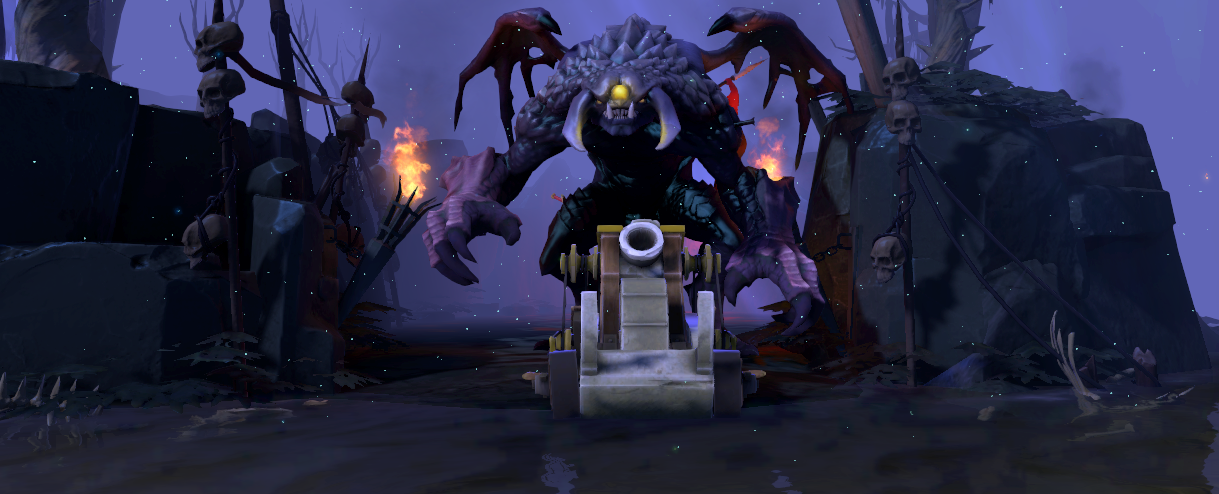
Lastly, and perhaps most importantly, are the numerous subtle changes that came with the patch. Item adjustments, smaller hero buffs, these many small changes will take time and deep investigation to truly understand. For example, siege creeps can now be targeted like a normal lane creep in regards to spells, though they have high magic resistance. On its own this may not seem like a major change, but Helm of the Dominator was buffed to always give dominated creeps a minimum HP of 1400. Combine the two changes and ridiculously beefy siege creeps might have a role in 6.85’s meta. This is just one small possibility in the wide array of potential Dota changes, and it will take time for the hidden gems to surface. The latest overpowered build is just waiting to be discovered.

PC Gamer Pro is dedicated to esports and competitive gaming. Check back every day for exciting, fun and informative articles about League of Legends, Dota 2, Hearthstone, CS:GO and more. GL HF!

